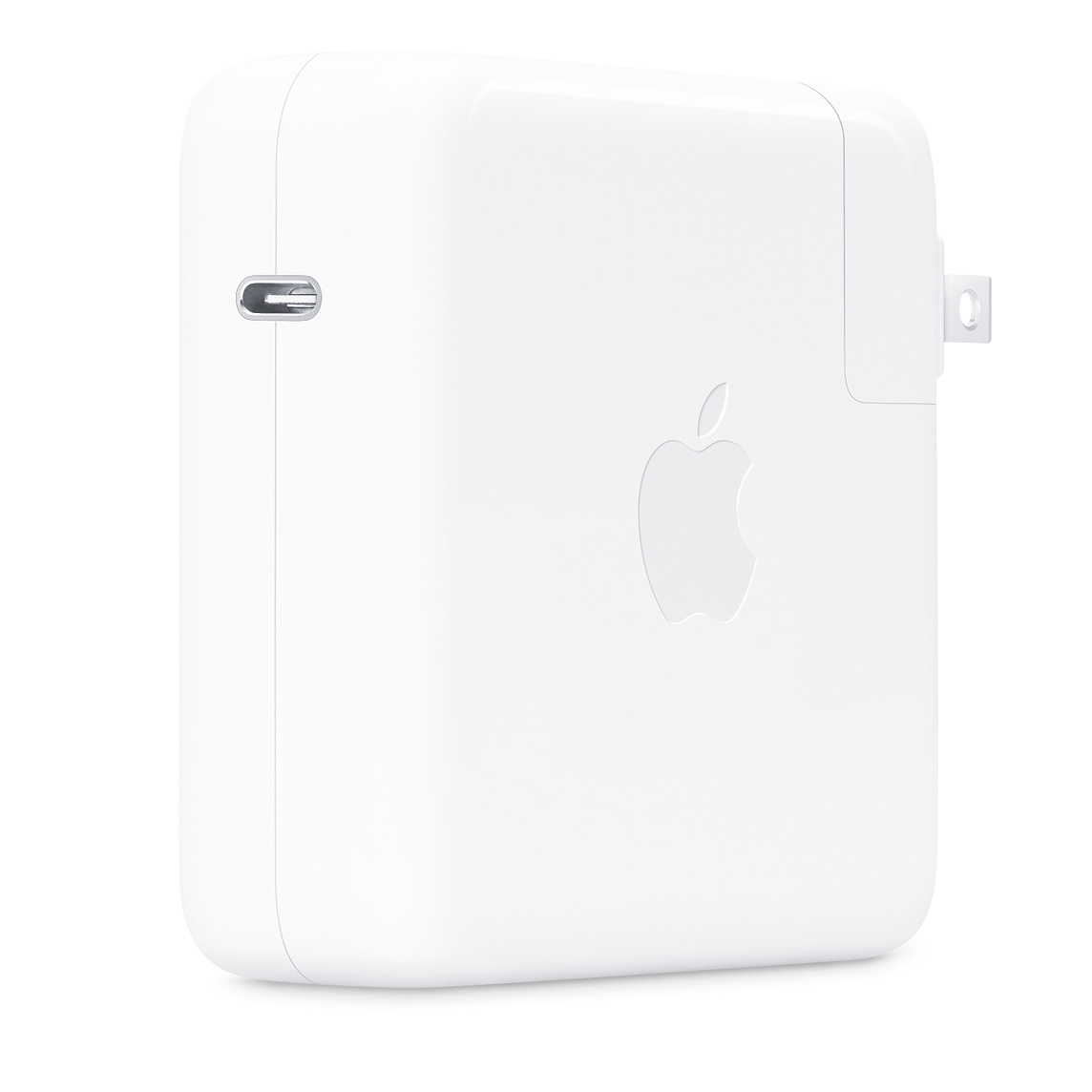A Much Faster Way to Charge your iPhone
Forgive me, for I am about to commit gadget blogging. I've been using an iPhone X since they came out, and almost from the start my battery has charged between two and three time the default speed of most people's phones. All you need is one new cable to do it.
The short version: The iPhone X (and iPhone 8) supports a fast-charging mode. If you spend a little bit of money on a higher-wattage charger, you can fill up your battery much faster, especially when it's really low.
Here's what the results look like with the fast-charging setup that I've got now, starting from a phone that was down to only 2% battery charge:
| Time (minutes) | 0 | 4 | 20 | 75 | 90 | 120 |
|---|---|---|---|---|---|---|
| Charge | 2% | 10% | 37% | 83% | 91% | 97% |
Underpowered
It's a strange way of pinching pennies on a phone that costs a thousand dollars, but Apple still includes their chintzy little square phone charger with every iPhone sold. It's barely changed over the last decade, and puts out a paltry 5 watts. On the plus side, it is small and doesn't block adjacent outlets, which I suppose is nice for people who are short on space.
But here's the terrible part: If the regular 5W charger is the only charger you use with an iPhone X, and your battery is running really low, plugging in for half an hour will only add about 20% to your battery. You'll still be in Low Power Mode after half an hour! That is no good.
As always with Apple, the solution is to spend money. It's more money than you want to spend, but enough that we'll all just suck it up and pay. Yay, Apple!
Overkill
I've ended up with a solution that is, admittedly, overkill. Through an absurd series of events, I ended up with an extra of Apple's most expensive charger: The 87 Watt USB-C Power Adapter. This is the most powerful laptop charger Apple sells, using its latest USB-C connector. Only the top-of-the-line 15" MacBook Pro even comes with this kind of power supply; the rest of the MacBooks make do with 61 Watts or less — the regular MacBook only comes with a 29 Watt charger! But each of these chargers uses USB-C, the new universal cable that's both enticingly simple and infuriatingly prone to unpredictable incompatibilties around power and data capabilities. The bottom line is, you don't need the ridiculously high-powered Macbook charger because any of the Apple USB-C chargers can do the job. If you don't have any of these USB-C chargers, I've heard good things about Anker's 30W power plug.
Once you've got one of these power bricks, or an extra USB-C port on your MacBook or iMac, it's time for the key step: grab Apple's USB-C to Lightning cable, which is frustratingly overpriced at twenty bucks, but worth it. (Amazingly, this represents a 25% price drop for this particular cable over last year's prices.)
That's it. Plug in your pricey new USB-C to Lightning cable, and you'll be topping up your iPhone battery much faster. Of course, it matters most if your charge level gets really low — if you're already at 95%, none of these products will make much of a difference for getting to 100%.
I've also used a number of the popular wireless charging (Qi) devices that the iPhone X and iPhone 8 support, and while they certainly work, they're really slow. I much prefer the speed of having my battery fill faster to the convenience of not having to plug in a cable, unless I'm at a public/shared charge point like at a coffee shop or airport.
The rumors are that Apple is going to include the USB-C to Lightning cable along with the next generation of iPhones, and they certainly should. The default experience for people buying a top-of-the-line phone ought to be the fastest charging experience possible.
